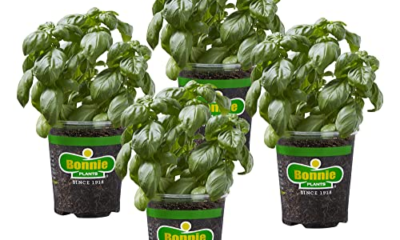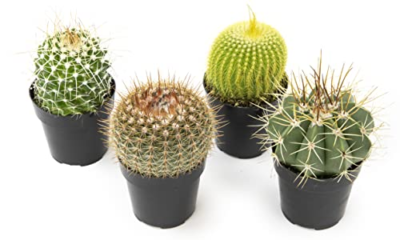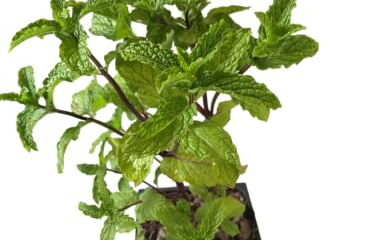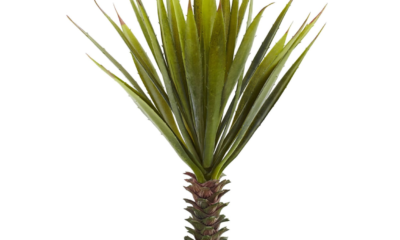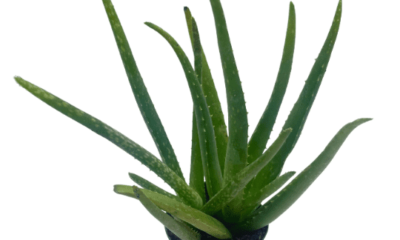house plants
Build a Self-Watering Planter for Easy Gardening

Before you start building your self-watering planter, it’s essential to gather all the materials you’ll need for success. This project is perfect for anyone interested in low maintenance gardening, especially if you want to grow easy indoor plants or low maintenance outdoor plants. With the right supplies, you’ll create a planter that not only looks great but also helps your plants thrive with minimal effort.
Start by collecting the basic materials: a plastic container for the reservoir, a second container for the plant, and a wicking material that will draw water up to your plants. You can use a plastic bottle cut in half or an old cake pan for the reservoir. Both options work well for holding water and supporting low maintenance shrubs for shade. Make sure to choose a container that suits the size of the plants you wish to grow, whether they are the easiest house plants to keep alive or vibrant low maintenance full sun perennials.
Next, gather soil and fertilizers that are designed for low maintenance gardening. A good potting mix will ensure your plants get the nutrients they need without requiring constant attention. Consider incorporating slow-release fertilizers to provide nourishment for your low maintenance plants over time, allowing you to enjoy your gardening without worrying about regular feeding. With this setup, you can enjoy consistent growth and blooming with little intervention.
Constructing the Planter Step by Step
Constructing your self-watering planter can be a fun and straightforward project. To get started, gather the materials you need, such as a large container for the planter, a smaller pot for the plants, a water reservoir, and a wicking material like a cotton rope or fabric. These components will work together to create a low maintenance gardening solution that allows your plants to thrive with minimal effort.
First, take your large container and drill a few small holes into the bottom. These holes will allow excess water to drain, preventing overwatering your plants. Next, place the water reservoir at the bottom of the large container. This reservoir will hold and distribute water to your plants when they need it, making it perfect for those who prefer low maintenance plants. You can also add stones or gravel at the bottom for better drainage.
Now, insert the smaller pot into the large container above the water reservoir. Fill the smaller pot with potting soil, ensuring to leave some space at the top for the plants. It’s best to choose easy indoor plants or low maintenance outdoor plants that thrive in pots, such as succulents, which are some of the easiest house plants to keep alive. Before placing your plants in, thread the wicking material into the soil, allowing one end to immerse in the water reservoir and the other end to remain above the soil. This way, the plants will absorb water whenever they need it.
Your self-watering planter is now ready! By using low maintenance full sun perennials or low maintenance shrubs for shade, you can create a thriving garden without the hassle. This design simplifies watering, making it easier to care for your plants. Set your planter in a suitable spot and watch your greenery flourish with very little effort on your part, transforming your space into a vibrant oasis.
Setting Up the Watering System
Setting up your watering system is a crucial step in building a self-watering planter. This system will help ensure that your plants receive a consistent supply of moisture without the need for constant attention. By creating an efficient watering setup, you’ll embrace the joys of low maintenance gardening and create an environment where even easy indoor plants thrive effortlessly.
To begin, gather your materials: a plastic container, a smaller pot for the plants, wicking material like cotton rope or fabric, and a reservoir for water. The larger container will act as a reservoir, while the smaller pot holds your low maintenance plants. Drill or cut holes in the bottom of the smaller pot to allow water to flow through. This will be particularly useful for those who love low maintenance outdoor plants and want to keep their gardens flourishing with minimal effort.
Next, insert the wicking material into the smaller pot. Ensure one end reaches the bottom of the pot where the soil will be, and the other end is submerged in the water reservoir. This wicking action draws moisture up from the reservoir to the plants, creating an ideal system for the easiest house plants to keep alive. Over time, you’ll find that your plants receive just the right amount of water, while you enjoy the benefits of low maintenance full sun perennials or low maintenance shrubs for shade without the daily hassle of watering.
After assembling your self-watering planter, fill it with your favorite low maintenance plants. Consider incorporating a mix of hardy varieties that can thrive in your specific conditions. With this setup, you’ll focus more on enjoying your garden rather than worrying about upkeep, allowing you to discover new and interesting selections in the world of low maintenance gardening.
Planting and Care Tips for Growth
When building your self-watering planter, it’s essential to consider the types of plants you want to grow. Choosing low maintenance plants will make your gardening experience enjoyable and stress-free. Look for easy indoor plants like pothos or snake plants that thrive in various conditions and require minimal attention. These easiest house plants to keep alive are perfect for beginners and add a touch of greenery to your home.
For outdoor gardening, opt for low maintenance outdoor plants that can withstand fluctuating weather conditions. Consider integrating low maintenance full sun perennials such as daylilies or sedum. These plants bloom beautifully without demanding much care, making them ideal for busy gardeners. Additionally, if your garden features shaded areas, explore low maintenance shrubs for shade like azaleas or ferns, which can flourish without direct sunlight.
It’s also helpful to understand the watering needs of your chosen plants. Since you’ve constructed a self-watering planter, your plants will benefit from consistent moisture without the need for daily watering. This is particularly advantageous for low maintenance gardening enthusiasts, allowing you more time to enjoy your garden rather than spend it tending to it. With a bit of planning, your self-watering planter can easily become a haven for a variety of resilient and stunning plants!



